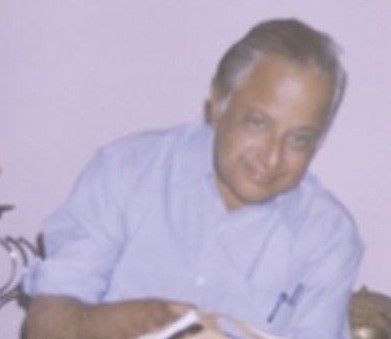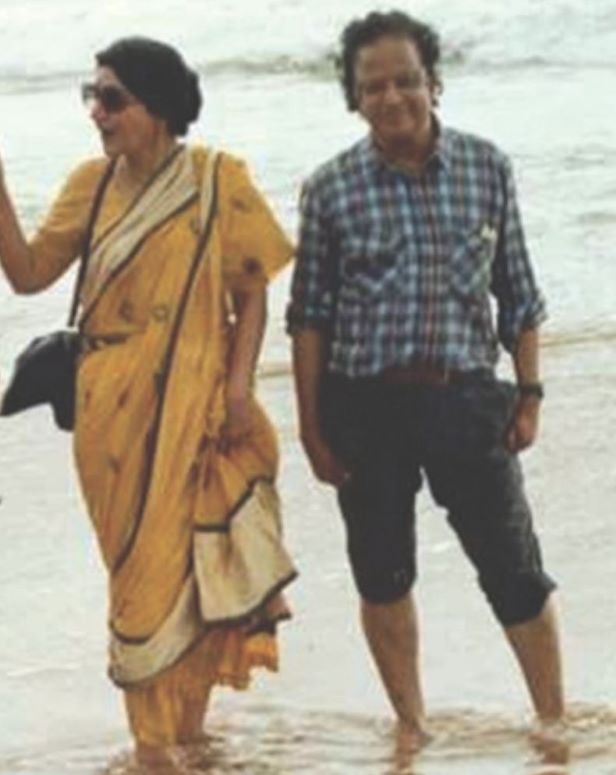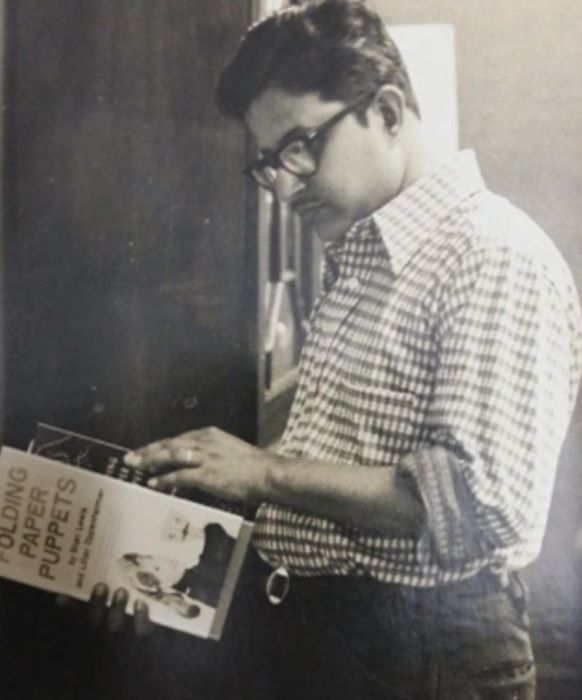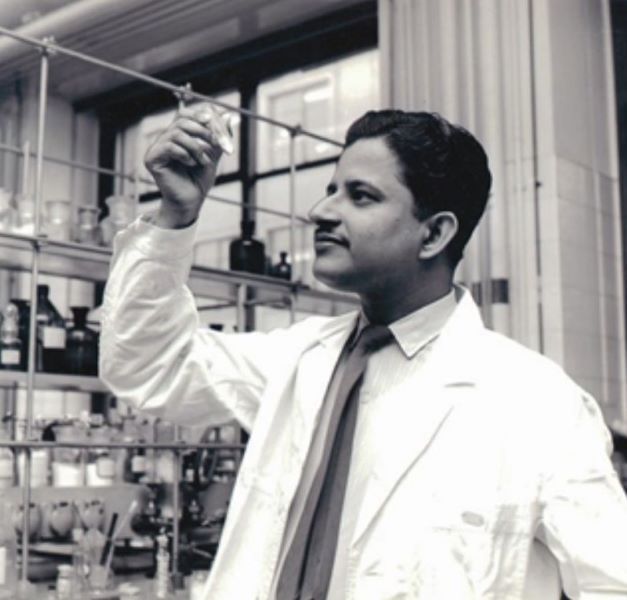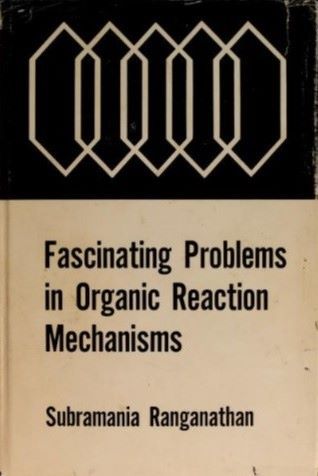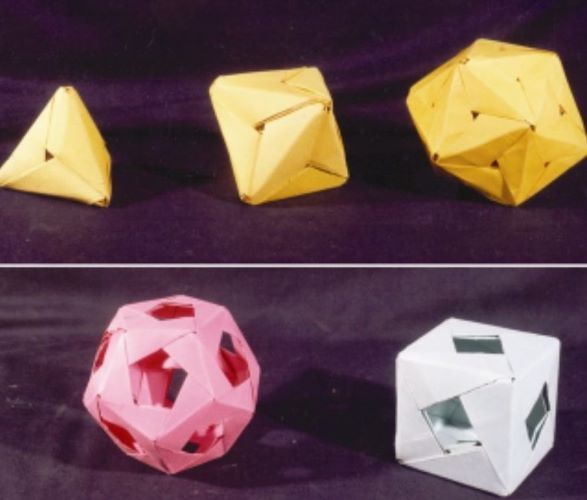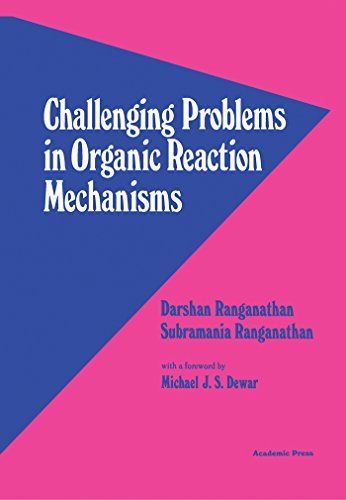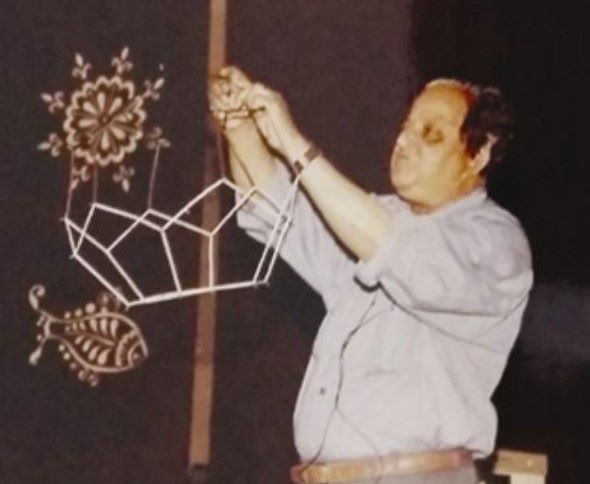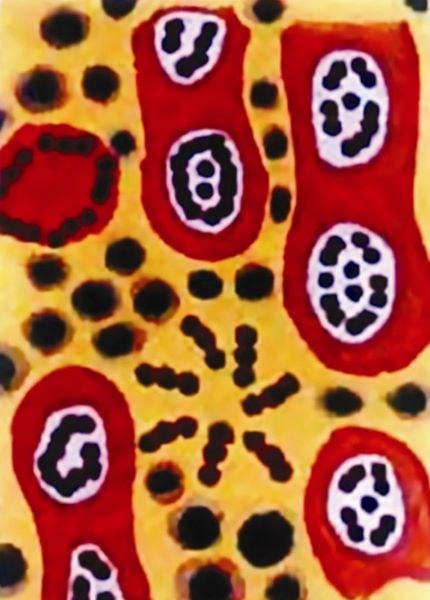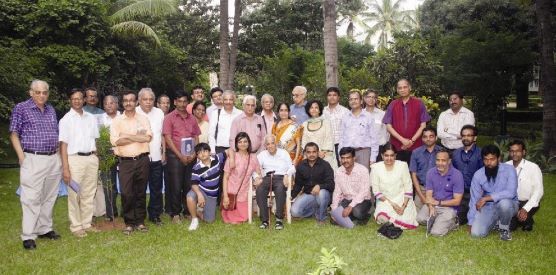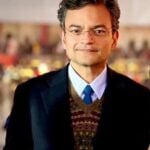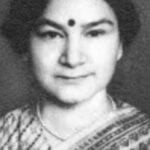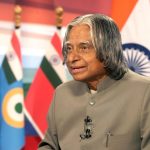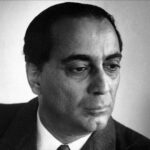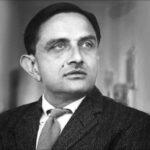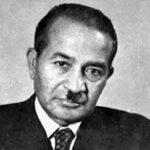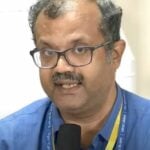Subramania Ranganathan (Chemist) Age, Death, Wife, Children, Biography
Quick Info→
Hometown: Hyderabad
Death Cause: Fall Injuries
Age: 81 Years
| Bio/Wiki | |
|---|---|
| Nickname | Ranga |
| Profession | Bioorganic Chemist, Professor, Author |
| Physical Stats & More | |
| Height (approx.) | 5' 7" (170 cm) |
| Eye Colour | Black |
| Hair Colour | White |
| Career | |
| Awards, Honours, Achievements | • Dr. Basudev Banerjee Memorial Medal by the Indian Chemical Society in 1975 • Elected Fellow at Indian Academy of Sciences, Bangalore in 1975 • Shanti Swarup Bhatnagar Prize in Chemical Sciences from the Council of Science and Industrial Research (CSIR) in 1977 • Elected Fellow at Indian National Science Academy, New Delhi in 1981 • Elected Fellow at National Academy of Sciences in Allahabad, Uttar Pradesh in 1991 • R. C. Mehrotra Endowment Gold Medal in 2000 • Chemical Research Society of India (CRSI) silver medal in 2001 • Lifetime achievement award by Chemical Research Society of India in 2006 • Best Teacher Award by the Indian National Science Academy in 2014 |
| Personal Life | |
| Date of Birth | 2 February 1934 (Friday) |
| Birthplace | Tamil Nadu |
| Date of Death | 8 January 2016 |
| Place of Death | New Delhi |
| Age (at the time of death) | 81 Years |
| Death Cause | Fall injuries |
| Zodiac sign | Aquarius |
| Nationality | Indian |
| Hometown | Hyderabad |
| College/University | • University of Madras (B.Sc, M.Sc) • Ohio State University (Ph.D) |
| Educational Qualification | • B.Sc • M.Sc (1957) • Ph.D (1962) |
| Hobbies | Origami, Painting |
| Relationships & More | |
| Marital Status (at the time of death) | Widower |
| Marriage Date | 4 June 1970 |
| Family | |
| Wife/Spouse | Darshan Ranganathan (scientist, author)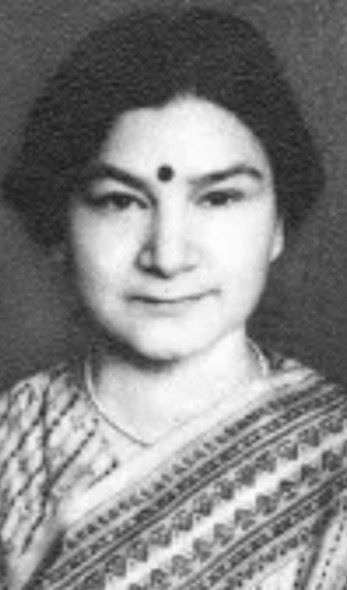 |
| Children | Son- Anand Ranganathan (scientist, political analyst, author) 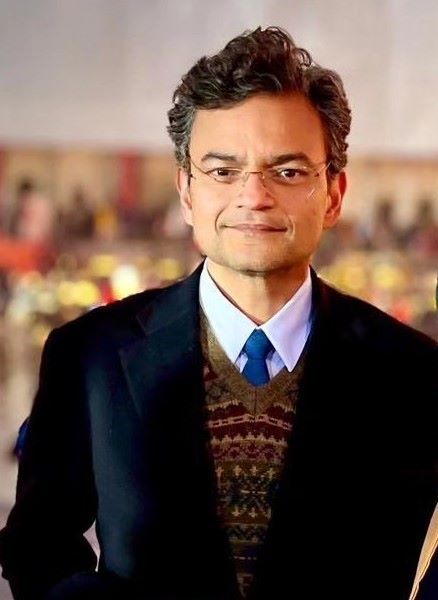 |
| Other Relatives | Daughter-in-law- Sheetal Ranganathan (columnist, business leader, strategic advisor)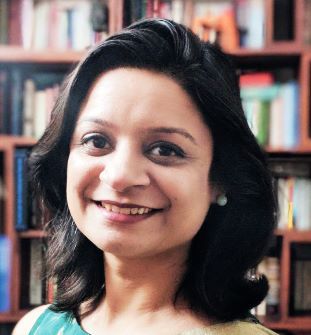 |
Some Lesser Known Facts About Subramania Ranganathan
- Subramania Ranganathan was from the state of Tamil Nadu.
- After completing his postgraduate studies at the University of Madras, he worked at the biochemistry department of the Central Leather Research Institute for a brief period.
- He received the Sloan Kettering Foundation Fellowship for doctoral studies. He joined Professor Harold Shechter’s laboratory at The Ohio State University in Columbus, Ohio, USA, and received his Ph.D in 1962.
- He was a member of the prestigious and oldest academic honour society, Phi Beta Kappa.
- He worked with Professor Robert Burns Woodward (Nobel Laureate) at his laboratory at Harvard University (1962-1964) in Cambridge, Massachusetts and Woodward Research Institute in Basel, Switzerland (1964-1966).
- Ranga had high regard for Prof. R. B. Woodward and he liked to dress in blue like his mentor.
- He played an important role in the development of Woodward-Hoffman rules. He worked on the the total synthesis of Cephalosporin C which was the Nobel Lecture of Woodward.
- He joined the chemistry department of the Indian Institute of Technology Kanpur (IITK) as a professor in 1966.
- He published his first book, Fascinating Problems in Organic Reaction Mechanisms, in 1967. This book was mentioned several times in international journals.
- He met his wife, Darshan Ranganathan, briefly at a symposium in 1969 and he later informed about his wish to marry her through a letter.
- After his marriage in 1970, his wife joined him at IITK as a research fellow. They shared the laboratory and students but they worked on different research domains.
- He expressed his ideas best through origami and art, and he co-authored books, ‘Art in Organic Synthesis’ (1970) with Nitya Anand and Jasjit S Bindra and ‘Art in Biosynthesis’ (1976) with Darshan Ranganathan.
- He wrote over a dozen books, some co-authored with his wife, Darshan Ranganathan, such as Challenging Problems in Organic Reaction Mechanisms (1972) and Further Challenging Problems in Organic Reaction Mechanisms (1980).
- He and his wife co-edited and published a monthly newsletter, Current Organic Chemistry Highlights, from 1971 to 1979. It was typed, hand-drawn, cyclostyled (a process prevalent before photocopying), stapled, and mailed by both.
- Ranga and Darshan rode bicycles to work at IITK.
- He liked to read and was often found reading a book outside his laboratory, whenever a power failure happened.
- He retired as the Dean (Professor-in-Charge, Faculty Affairs) of IITK in 1994.
- He was popular as a teacher who combined art and humour in his teaching and took various courses ranging from general chemistry to frontiers of biology.
- He gave open-book tests without any time stipulation as he believed the students benefitted more from this than the conventional examinations.
- He was the Senior Scientist at the Regional Research Laboratory or RRL (now renamed the National Institute of Interdisciplinary Science and Technology or CSIR-NIIST) in Thiruvananthapuram from 1994 to 1998.
- He suffered from brain tuberculosis during 1995-96 from which he recovered and by 1998, he and his wife joined the Indian Institute of Chemical Technology (now CSIR-IICT) in Hyderabad.
- He played a significant role in the founding of the Indian Society of BioOrganic Chemists (ISBOC) and stayed as its president from its establishment in 1994 till 2002.
- He was the honorary professor of Jawaharlal Nehru Centre for Advanced Scientific Research in Bangalore from 1998.
- His research covered over 15 domains of carbon science such as organic and inorganic chemistry, bioorganic and bio-inorganic chemistry, DNA recognition, protein engineering, crystal engineering, and chemical topology.
- There are over 200 peer-reviewed articles, 97 of which are available on the online repository of the Indian Academy of Sciences.
- Some of his journals based on origami were published in Resonance – Journal of Science Education published by the Indian Academy of Sciences in the years 2000, 2002, and 2003.
- He won the first prize in an All-India Cultural competition for his painting named, Cell, awarded to him by renowned artist M. F. Husain.
- He showcased an art exhibition of 40 of his paintings, which the President of ModEurop (the official trend-fashion platform of the German Shoe Institute) Md Sadiq inaugurated.
- In 2000, he and his wife registered an educational society called Vidyanantha to encourage education, art, and culture among students.
- After his wife died in 2001, he continued his research at the CSIR-IICT, along with the guidance of Darshan’s PhD students.
- He conducted several seminars, lectures and chemical demonstrations across India, sometimes along with his son, Anand Ranganathan, to popularize chemistry.
- He was offered an apartment and laboratory facilities for research on the CSIR-IICT campus by director K. V Raghavan which the directors after him also continued.
- His colleagues, friends, and students celebrated his 80th birthday in 2014 by delivering lectures on different topics of organic chemistry and paying tributes.
- He had great memory power that on his friends’ insistence during his 80th birthday celebration, he recited the famous Gettysburg speech of Abraham Lincoln.
- He worked as an honorary scientist at the CSIR-IICT in Hyderabad until he died in 2016.
- On 28 December 2015, he broke a bone after a fall in his apartment in Hyderabad. His son, Anand Ranganathan and his wife, Sheetal Ranganathan shifted him to a hospital in New Delhi for further treatment.
- He passed away on 8 January 2016 while under treatment in the hospital.
- All his paintings are the properties of the educational society, Vidyanantha, after his death.

